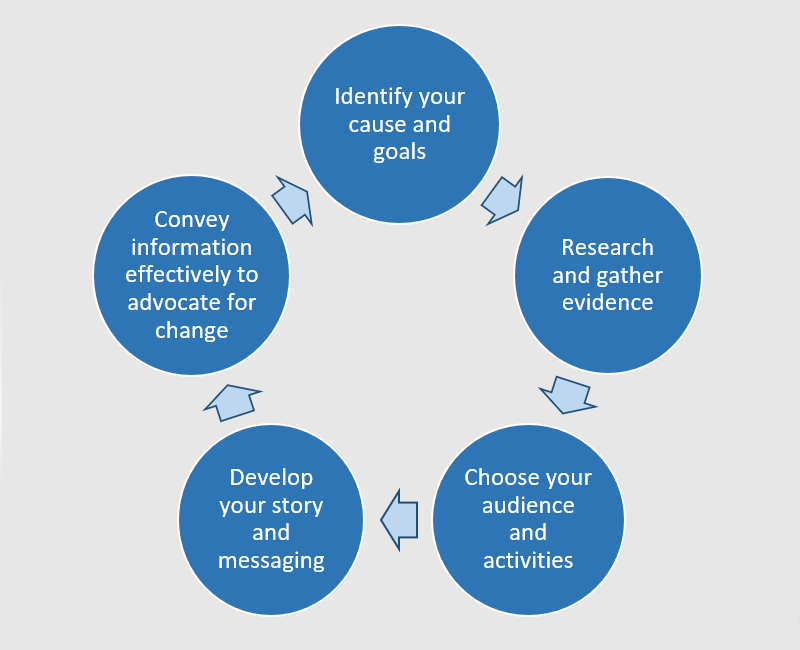
How One District Embraced a Problem-Based Mathematics Curriculum to Build Thinking Classrooms
2-min. read
2-min. read
By: Debbie Smith

Have you ever been frustrated with policies in education? If you are a classroom teacher, chances are you’ve found yourself wondering at least once, “Who came up with this policy or rule?” The whiteboard in the image above represents the amount of education experience of most people making policy decisions about education!
Many people want the best schools for our kids, but often people aren’t sure how to become an education advocate or where to start. Teachers are trained in education pedagogy and understand deeply what does and does not work in the classroom. That means we are best positioned to lead policy discussions for education. It’s critical we make our voices heard and advocate for policies and solutions we believe are important for student success. But what does it mean to advocate, and how do you do it?
Advocating for policy is similar to supporting or recommending what’s best for an individual student in your classroom or your own child’s education or healthcare needs. Some examples of education advocacy are:
But to advocate successfully, there are a few things to keep in mind. Just as it takes strong planning to build and deliver a great lesson in the classroom, the same is true for advocacy.

By following the steps above, I was able to successfully advocate for one of my own children who has an auditory processing disorder (APD). An APD is different from hearing loss, and people with an APD can still hear sounds. However, the brain's ability to translate those sounds is disrupted, which can lead to difficulties in understanding speech. Our son is now in college and doing well, but when he was about to enter school, I found there wasn’t much information about his diagnosis. I often felt I needed to advocate for his needs but struggled to find research and data on how best to support students with an APD. One of the things that was most critical for him was to be able to hear what was said with little to no background noise. Too much background noise made it difficult to concentrate on the targeted speech sounds.
When he was in first grade, I stumbled upon some research that showed promise using a classroom sound system. The sound system was used to amplify the teacher’s voice, allowing those early learners with an APD—and those without—to be more successful. I was passionate about advocating for his needs and realized I would need to appeal to district leadership and our board. By using the research and data I’d found, I was able to meet with my target audience and share the research data, which showed that all early learners benefited from the use of a classroom sound system. By tying that to our son’s personal story, I was able to effectively speak to my audience’s emotions and advocate investment into classroom sound systems for early learners across our entire district.
Today, I advocate for education around the country regularly. I’m often most passionate about policies focusing on student growth and connected assessment and instruction. I review a lot of data and seek out classroom, student, and educator success stories that help make my messaging memorable. We can never have enough advocates for education. I hope you’ll join me on this journey!
Want to hear more from Debbie? Tune in to her episode of the Extraordinary Educators™ Podcast.

2-min. read

2-min. read

2-min. read